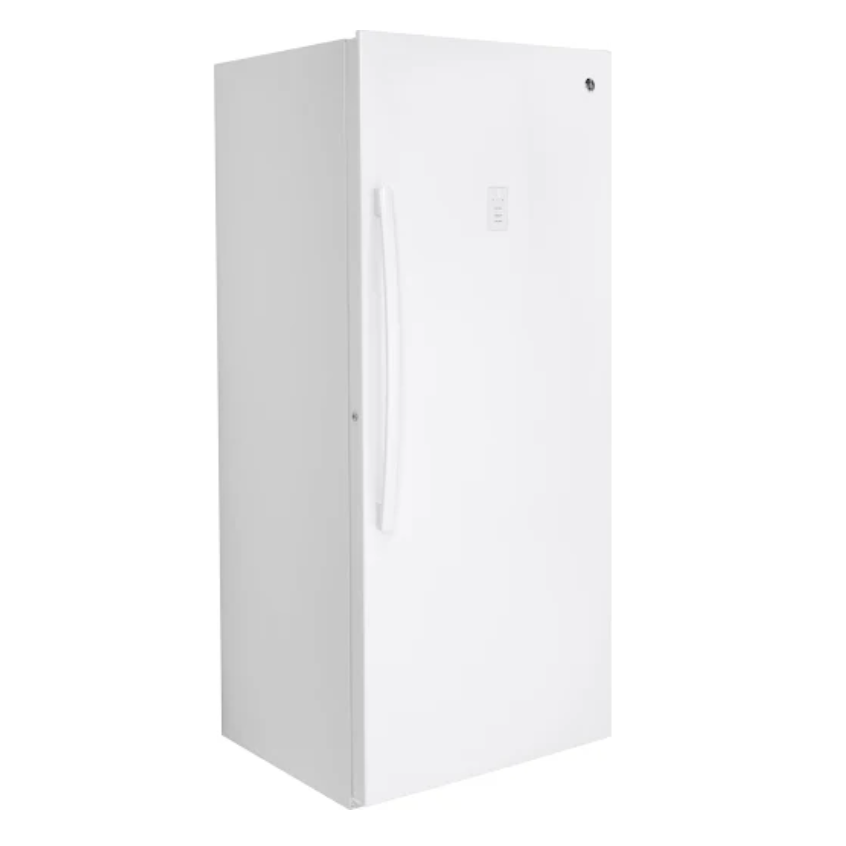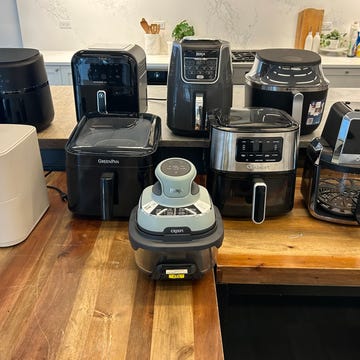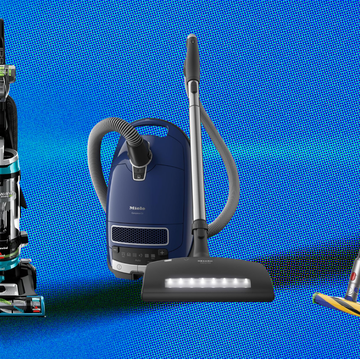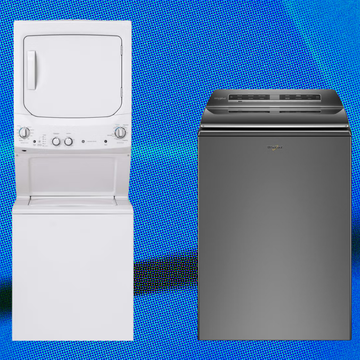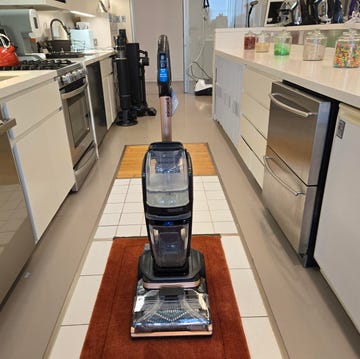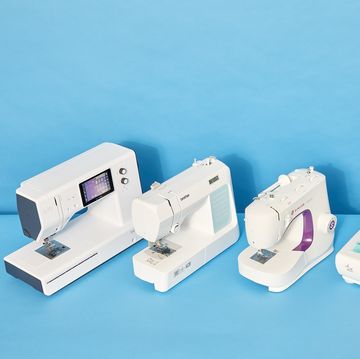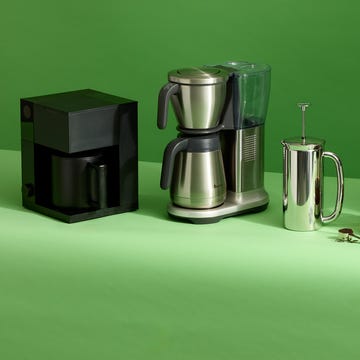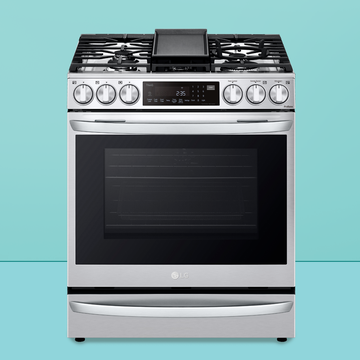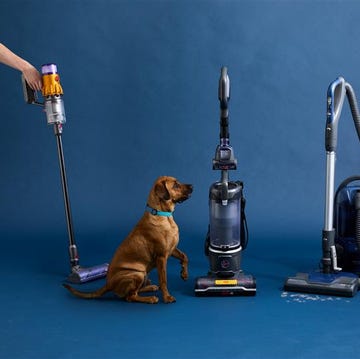6 Best Freezers, According to Testing
Upright freezers and chest freezers are great ways to store bulk purchases and preserve excess food.

We've been independently researching and testing products for over 120 years. If you buy through our links, we may earn a commission. Learn more about our review process.
If your refrigerator’s freezer is constantly packed to the brim—or if you like to buy in bulk to save money—a standalone freezer can be a game changer. After testing dozens of models, we narrowed it down to our top picks that excel in performance, reliability, and ease of use.
When choosing a freezer, ask yourself whether you want an upright or a chest freezer. Upright freezers take up less floor space and are easier to organize. However, our lab tests have shown they warm up faster during outages and sometimes struggle to maintain even cooling across shelves. Chest freezers generally offer more usable space thanks to their wide, open design. They’re also more energy-efficient and can keep food frozen longer during a power outage, since cold air stays trapped inside when the lid is closed. The trade-off? They can be trickier to organize. The best freezer pick for you comes down to how (and where) you plan to use it.
In the Good Housekeeping Institute Kitchen Appliances and Innovation Lab, we've tested over 50 refrigerators in the past 10 years. When making our picks, we also consider useful features like automatic defrost, flash-freeze, and included organization solutions.
Perry Santanachote (she/her) has more than 15 years of experience in service journalism, specializing in food and consumer goods. She tests and reports on kitchen appliances and cooking tools. She also evaluates food products and cleaning supplies. She’s an experienced writer, product tester and recipe developer who has worked in labs, test kitchens and media organizations, including Thrillist and Consumer Reports.
Eva (she/her) is a reviews analyst in the Kitchen Appliances and Innovation Lab, where she tests kitchen gear, home appliances and culinary innovations. She graduated from NYU with a bachelor of science in food studies, nutrition and public health and is a trained chef through the Natural Gourmet Institute. Eva has more than 10 years of experience in the food industry, working as a food stylist, personal chef and marketing manager.
Raena Loper (she/her) is a fashion journalist and product analyst based in New Jersey whose work has appeared in Forbes, Good Housekeeping and O, The Oprah Magazine. Raena is a graduate from Montclair State University where she earned a degree in fashion studies as well as gender, sexuality and women's studies. In her free time, she enjoys sewing, cooking BBQ and spending time with family.






